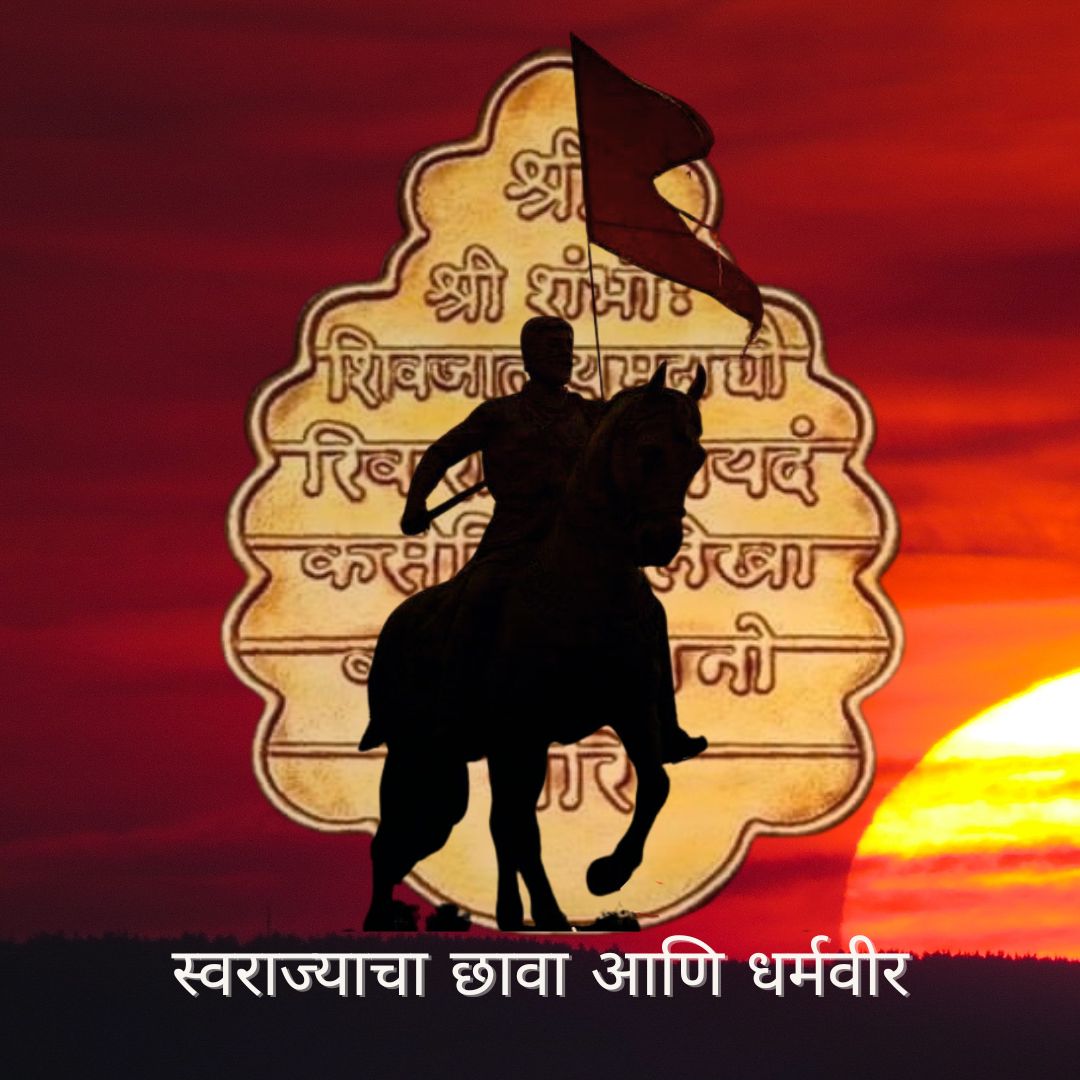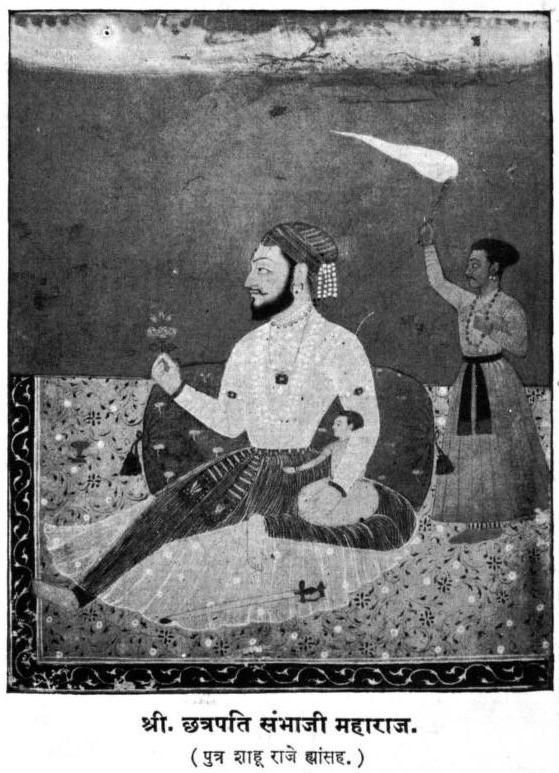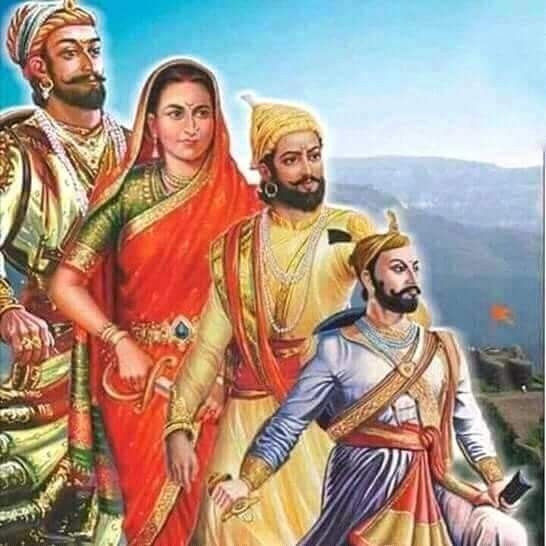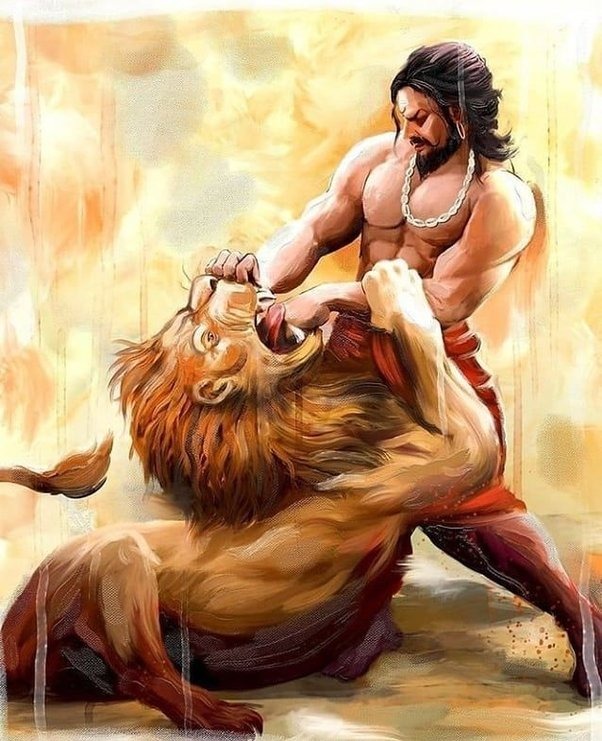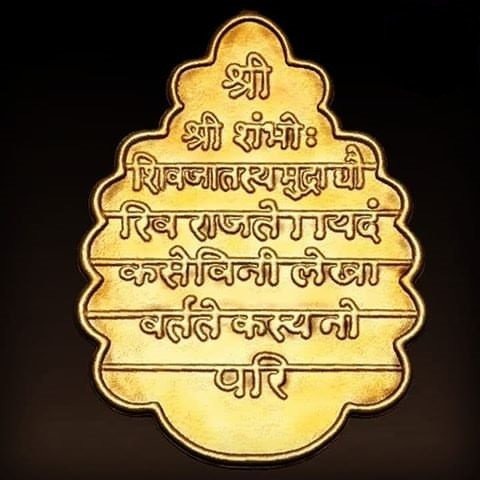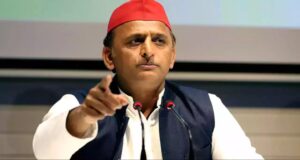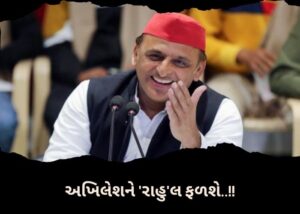– An article written by Shivani Gadre
Chhatrapati Sambhaji Maharaj, the eldest son of the esteemed Maratha emperor, Chhatrapati Shivaji Maharaj, played a pivotal role in steering the Maratha empire through various challenges such as warfare and politics. The day of his coronation is commemorated as Chhatrapati Sambhaji Maharaj Rajyabhishek, celebrated on January 16. While Sambhaji Raje assumed his duties as king on July 20, 1680, in Panhala, his official coronation took place on January 16, 1681, at the Raigad Fort, mirroring the ceremony of his father, Chattrapati Shivaji Maharaj. His reign of approximately 9-10 years was marked by ongoing conflicts with the Mughal empire, as well as neighboring powers like the Siddis, Mysore, and the Portuguese in Goa.
Childhood:
Chhatrapati Sambhaji Raje was born on May 14, 1657 CE, on the fort of Purandar. As the son of Chhatrapati Shivaji Raje and his first wife, Saibai, Sambhaji Raje held a significant position in the royal lineage. Saibai, being the eldest wife of the king, was the chief queen. Tragically, when Sambhaji was just two and a half years old, his mother passed away, and the circumstances surrounding her death remain unclear due to insufficient historical records.
Following Saibai’s demise, the responsibility of raising young Sambhaji fell upon his grandmother, Jijabai. Jijabai, the grandmother of Sambhaji Raje, played a crucial role in shaping his upbringing. As a royal mother, she imparted essential values and principles, ensuring that Sambhaji grew into a responsible and virtuous young prince. Jijabai, recognizing the importance of a proper education, appointed pandits and scholars to oversee his subjects, including the Sanskrit language.
Under Jijabai’s guidance, Sambhaji Maharaj received an extensive education, encompassing leadership skills, military and weapon training, administrative abilities, and strategies for warfare. Jijamata, as she was affectionately called, curated the best teachers and scholars to assist in the holistic development of Sambhaji Maharaj’s personality. His education also included mastering Sanskrit, earning him the title of “Maha Pandit” in the Maratha durbar.
Chhatrapati Sambhaji Maharaj’s innate intelligence and dedication to gaining knowledge were evident from a young age. Despite his reluctance, he became a political target early on, forcing him to accept Mansabdari from the Mughal court, even at the tender age of 9. This appointment as Bara-Hazari Mansabdar showcased his exceptional maturity and sense of responsibility.
Throughout his life, Chhatrapati Sambhaji Maharaj demonstrated remarkable bravery, confidence, and a commitment to just rule. His journey, shaped by the guidance of his grandmother Jijabai and the challenges he faced as a political figure, contributed significantly to the Maratha legacy.
The Marathi community holds the belief that Sambhaji Maharaj was adept in 14 distinct languages by the age of 14. His linguistic capabilities encompassed Marathi, English, Urdu, Portuguese, Sanskrit, Mughal languages, all South Indian languages, all Deccan languages, and more. He authored three books—Buddha Bhushan, Nakhsheekhant or Nayikabhed, and Sat Shasak (Seven Rulers).
Political involvements and achievements:
The Treaty of Purandar holds significance not only in the context of Chhatrapati Shivaji Maharaj’s reign but also in the history of Sambhaji Maharaj. Jai Singh, in this treaty, required Shivaji Maharaj to pledge that he would visit the Mughal court with his son, Sambhaji Raje. Under this commitment, Sambhaji Raje became involved in the Mughal durbar, marking an early entry into politics. This experience allowed him to comprehend political strategies, setting the stage for his future role.
Hambirrao Mohite, the army chief of Chhatrapati Shivaji Maharaj and Soyarabai’s elder brother, played a crucial role in assisting Sambhaji Raje. Together, they captured Panhala fort and extended their influence to Raigad Fort. Sambhaji Maharaj took decisive action against the conspirators, imprisoning key figures like Annaji Datto, Peshwa Moropant Pingale, and a brother-in-law from the Shirke family. Notably, he prioritized justice over familial ties.
In 1681 CE, Sambhaji Raje initiated the Southern Mysore campaign against the Wadiyar Dynasty. Facing an aggressive king, Chikka Devaraja Wodeyar-II, Sambhaji Raje showcased his military prowess, securing victory. Despite releasing Chikka Devaraja Wodeyar on the condition of future contributions to Swarajya, he later faced betrayal, leading to his defeat and the capture of Mysore in 1686.
One of the pivotal events in Chhatrapati Sambhaji Maharaj’s history was the attack on Burhanpur in 1680 CE. The objective was to alleviate poverty and food shortages in the Maratha Empire. Chhatrapati Sambhaji Raje, with a formidable army of 20,000 troops, defeated Mughal forces, gaining substantial treasures. This victory also led to the sheltering of Akabar-II, Aurangzeb’s rebellious son, at Raigad after his defeat by Aurangzeb himself at Aurangabad.
Another significant chapter unfolded with the assault on the unconquered fort of Murud Janjira, situated in the Indian Ocean. Built by Rajaram Rao Patil, the Navy chief of Sultan Nizam Shah, in the 16th century, the fort remained impregnable. The capture of Murud Janjira became a notable episode in the history of Chhatrapati Sambhaji Maharaj.
Throughout his lifetime, Chhatrapati Sambhaji Maharaj encountered only two battles where he did not achieve victory:
- The Battle of Janjira
- The War at Sangameshwar
While these battles weren’t outright victories, they were not complete losses either. Instead,Chhatrapati Sambhaji Maharaj inflicted significant damage on the Siddhis. Notably, during the Janjira campaign, he constructed the Padmadurg fort northeast of the Janjira fort.
After an unsuccessful attempt to capture Siddhi, Chhatrapati Sambhaji Raje dispatched his military commander to seize the Anjediva fort held by the Portuguese. The Marathas aimed to convert the fort into a naval base for constructing warships and garrisons. However, due to unforeseen challenges, the Chief Commander General failed in the mission, prompting his return to Raigad.
Undeterred, Chhatrapati Sambhaji Maharaj personally took charge of the Portuguese campaign. He successfully captured all Portuguese colonies and forts, creating a dire situation that forced them to retreat from Anjediva fort to the Cathedral. Seeking refuge in the underground vault of the Church, the Portuguese prayed for their liberation. The Portuguese had been aiding the Mughals in trade and allowing them to pass through their territory. Chhatrapati Shambhu Raje’s primary objective in this mission was to disrupt the alliance between the Mughals and the Portuguese.
Coronation and Rajmudra:
Upon Sambhaji Raje’s ascension to the throne as Chhatrapati, he commissioned a new Rajmudra, a practice traditionally undertaken with the enthronement of a new ruler following the demise of Shivaji Maharaj. Several museums in Maharashtra have preserved letters and legal documents from Chhatrapati Sambhaji Maharaj’s reign, featuring the distinctive Rajmudra of his era.
Sanskrit inscription on Rajmudra:
श्री शंभो: शिवजातस्य मुद्रा द्यौरिव राजते। यदंकसेविनी लेखा वर्तते कस्य नोपरि।।
(The empire of Sambhaji, the son of Shivaji, knows no bounds, just like the sky, and it will rule ensuring safety for everyone.)

